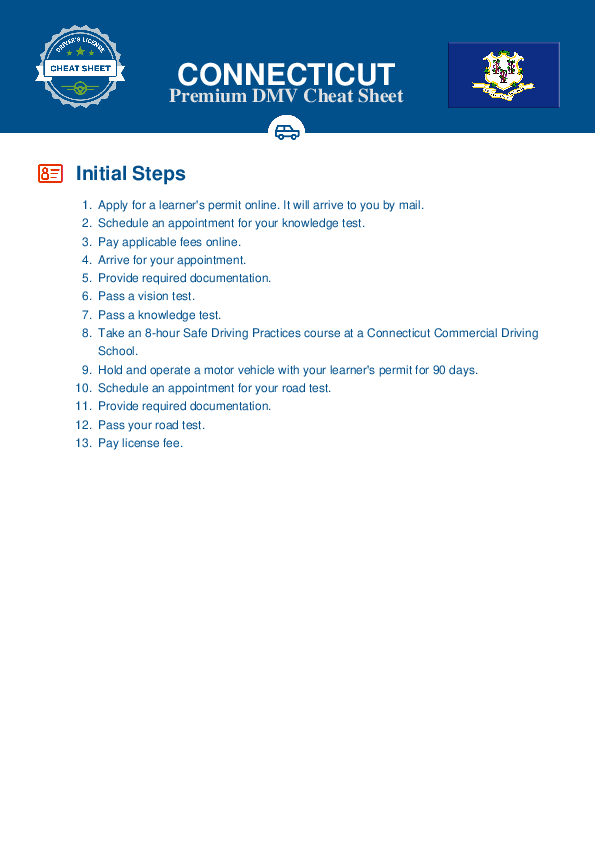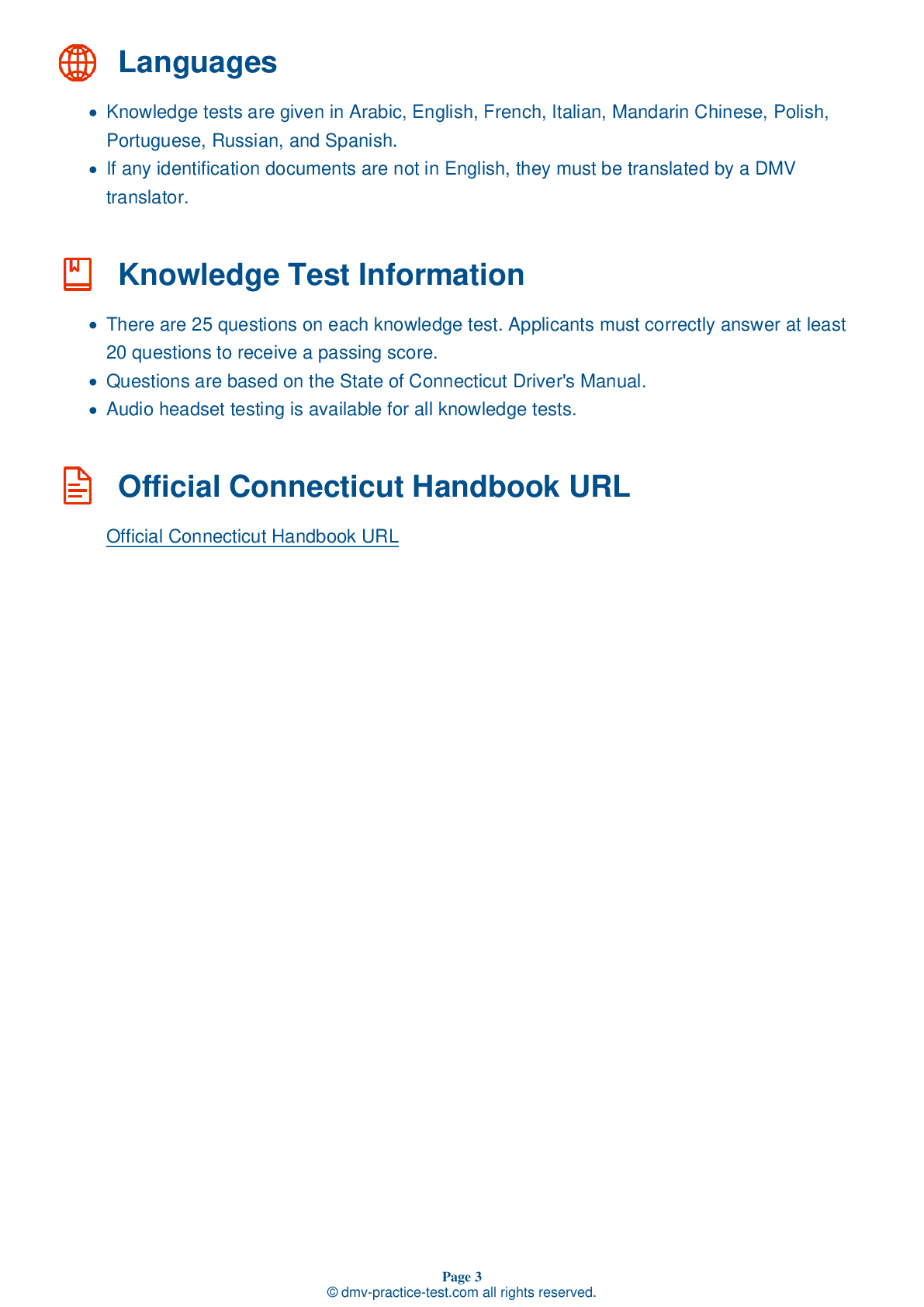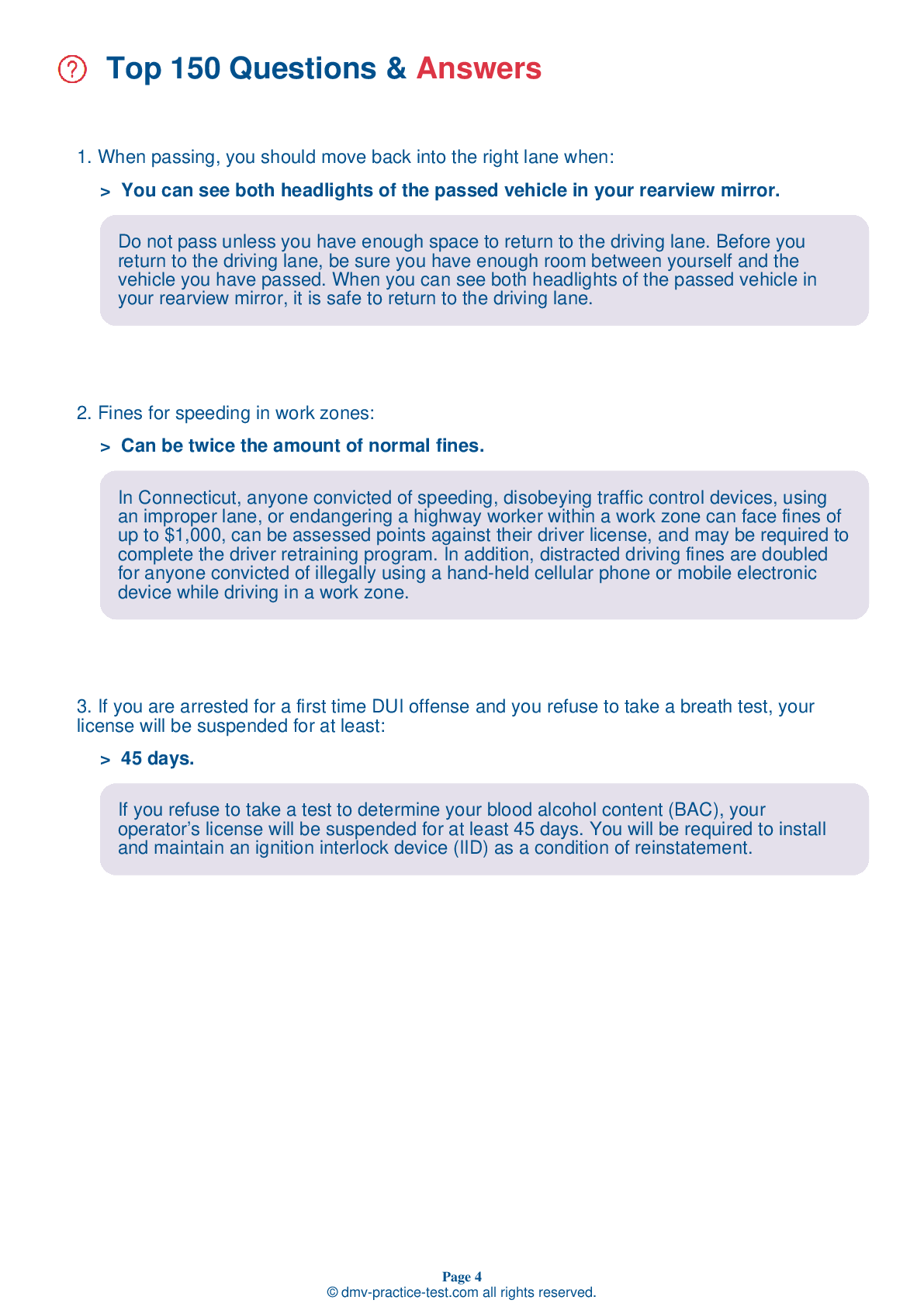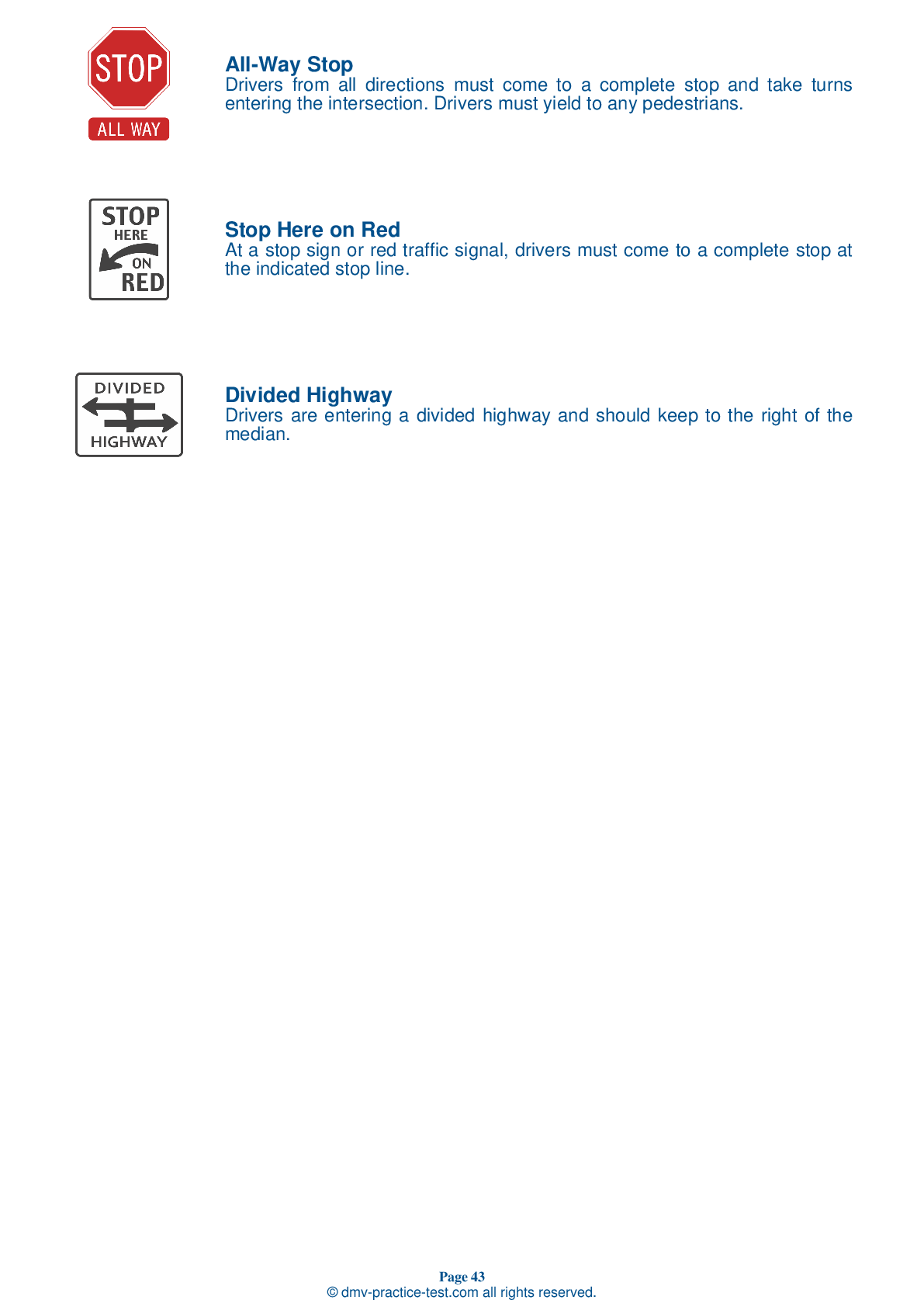FREE Connecticut DMV Practice Test #12
This set of Connecticut DMV practise tests was just updated for January 2025. It includes questions based on the Connecticut Driver Handbook's most essential traffic signs and regulations for 2025. Use actual questions that are very similar (often identical!) to the DMV driving permit test and driver's licence exam to study for the DMV driving permit test and driver's licence exam.
Each practise test question has a hint and explanation to assist you in remembering the concepts. The written component of the official DMV test will include questions about road rules, traffic signs, and driving statutes, as well as information from the Driver Handbook.
To achieve the required passing grade, you must correctly answer 20 of the 25 questions. Take our DMV practise exam to help you prepare for your Connecticut instruction permit or driver's licence.
The DMV exam is available in several languages.
Using any form of testing help will result in an automatic fail, and the DMV may take further action against your driver's licence, so avoid it.
1 . This road sign means:
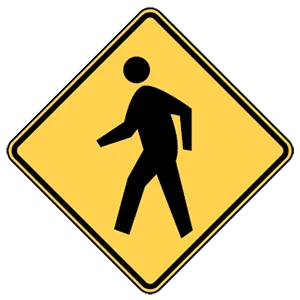
Warning signs provide notice to road users of a situation that might not be readily apparent and are usually yellow with black markings. This sign tells drivers to be alert to crossing pedestrians.
2 . If oncoming headlights are blinding you while you are driving at night, you should:
If the headlights of an oncoming vehicle are blinding, glance toward the right edge of the road instead of looking directly ahead. This should keep your vehicle safely on the road until you pass the oncoming vehicle.
3 . Broken yellow lines are used on streets and highways to:
Yellow lines separate traffic moving in opposite directions. Dashed lines on the pavement indicate that passing is permitted when safe.
4 . This sign means:
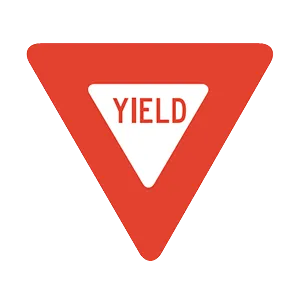
When approaching this sign, you must yield the right-of-way. Slow down and let vehicles and pedestrians crossing your path pass before you proceed. If necessary, stop before going ahead.
5 . When entering an interstate highway, you should:
Rather than stopping (as you would when entering other roads), you must use the merging or acceleration lane to speed up and smoothly merge with fast-moving traffic already on the interstate.
6 . Work zone barriers, drums, cones, and signs are used to:
Work zones on highways have become increasingly dangerous places for both workers and drivers. When approaching a work zone, watch for materials such as cones, barrels, signs, large vehicles, and workers in brightly colored vests to warn you and direct you.
7 . Extra space in front of a large truck is needed for:
Because they are larger, trucks take longer to stop than cars traveling at the same speed. Other drivers should not pull in front of a truck and then slow down or stop.
8 . If it is necessary to make an emergency stop while driving on an interstate, you should:
If you must stop on the shoulder of the interstate or highway, turn on your emergency flashers to warn other drivers and stay inside your vehicle, if you can. The extremely high speed of traffic makes standing or walking along an interstate highway very dangerous.
Need Car Insurance? No problem!
Compare the best rates in Connecticut and find a personalized policy that meets your needs.
1. Are You Currently insured ?
2. Married ?
3. Do you own your Home?
4. Do you have more than 1 car ?
5. Have you or a Family Member Honorably Served in U.S. Military ?
6. Your Name
7. Age
8. Zip code
IMPORTANT REMINDER:Auto Insurance is Mandatory to drive in Connecticut. Get covered before you hit the road to avoid any fines.
Ranked by best match
